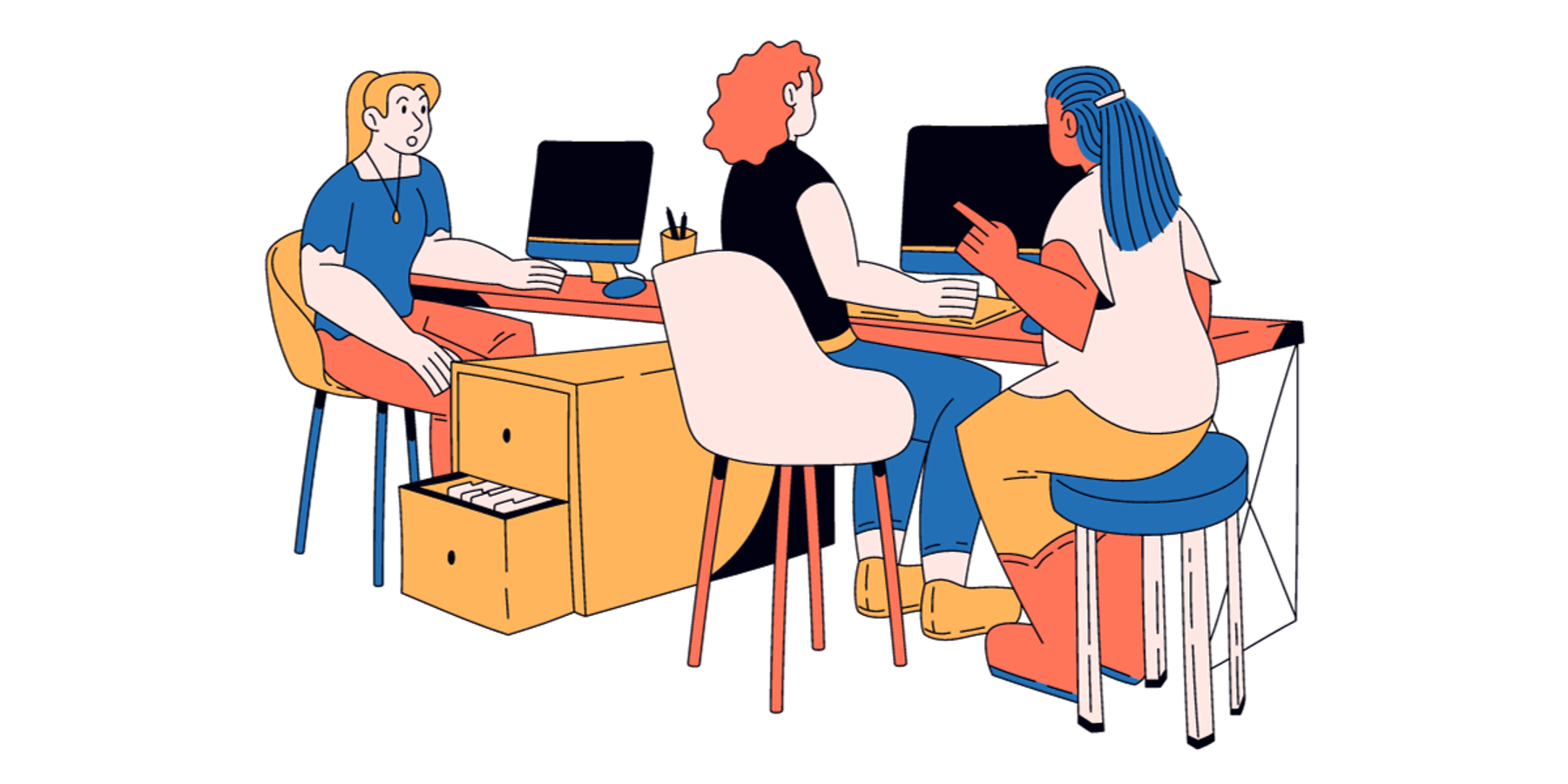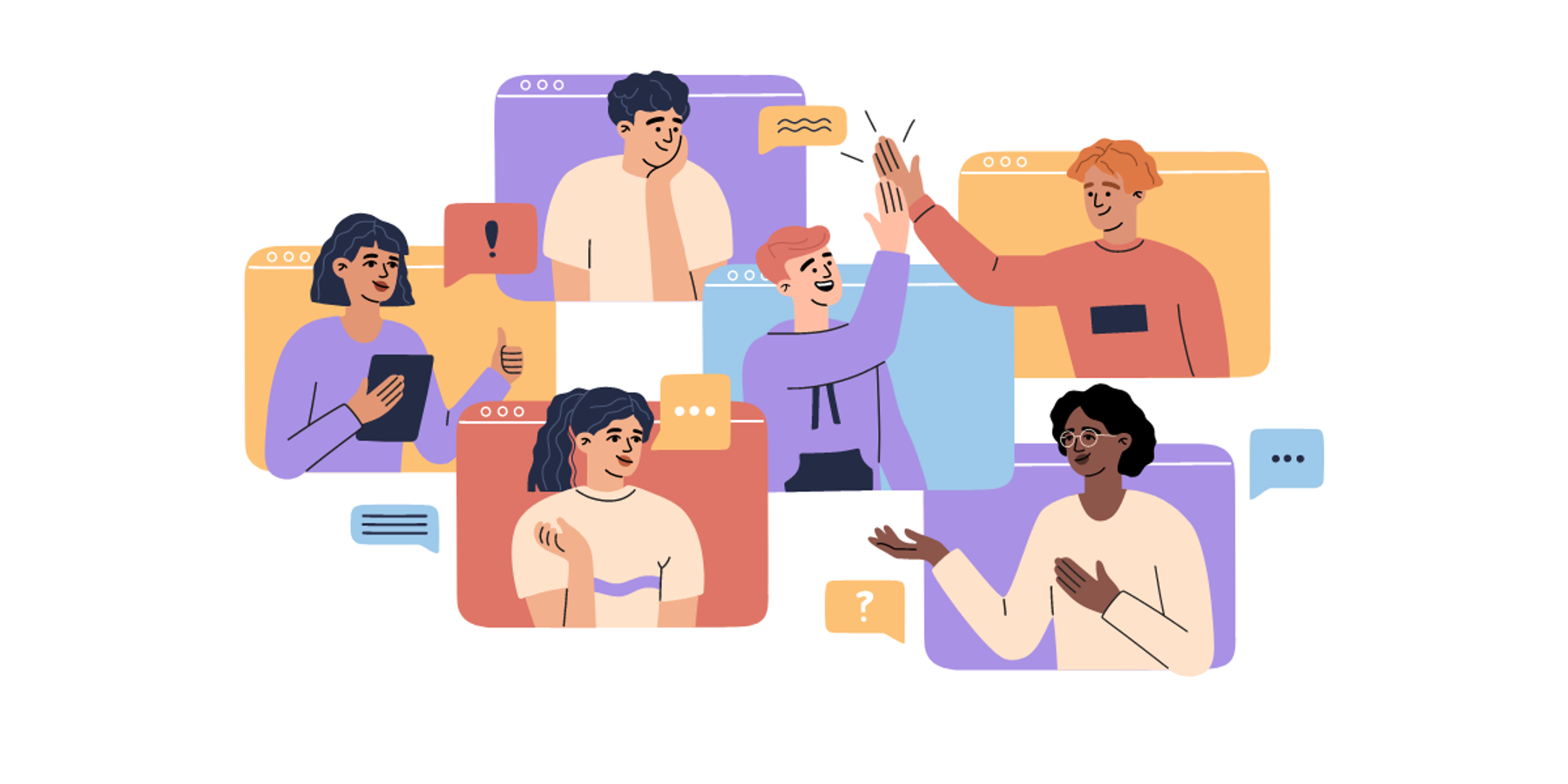The acronym AAPI stands for Asian Americans and Pacific Islanders. In a corporate setting, AAPI is meant to describe your employees who identify as Asian, Asian American, or as a Pacific Islander.
Having these identity markers in place can help you understand the broad representation that exists within your organization. This is useful for activities like diversity reporting or creating targeted Diversity, Equity, Inclusion, and Belonging (DEIB) initiatives.
However, putting such a large and diverse population into a monolithic bucket can also make some employees feel like their culture, language, identity, and experiences are being omitted or inauthentically represented — something that Pacific Islander and Southeast Asian communities have spoken out about, for example.
As an executive or HR leader, it's important to understand the different nuances that make up the identities of your AAPI employees.
The meaning of AAPI: Who these employees are
When an employee self-identifies as AAPI, they are identifying as either:
- Asian: They could be referring to Eastern Asia, South Central Asia, and Southeastern Asia.
- Pacific Islander: They could be referring to any of the 30,000 islands across three regions of Oceania (Micronesia, Polynesia, and Melanesia).
- Asian American: Being part of any one or more of 50+ ethnic groups in the U.S. who speak one or more of the 100+ languages spoken by Asian American communities.
In 2021, about 59 percent of the global population was living in Asia. China alone contains 56 distinct ethnic groups. Meanwhile, Papua New Guinea is home to one-third of the world’s languages — about 780 distinct vernaculars.
While the umbrella term AAPI may include a wide range of people, it does not always properly represent or reflect the nuances that make up this group. Some people prefer other terms like NHPI, Pacific Islander, Pasifika, or Asian American.
To help your employees feel seen and heard, it's important to respect their identities and use the language and terminology they prefer. If you’re unsure what that is, take the time to really learn more about your AAPI community.
Download the full guide: Unpacking the Origins & Expansiveness of AAPI
Learning from your AAPI community: 5 lessons
With 23 million people in America identifying as AAPI, your employees will likely have a well of knowledge for you to learn from. In our Executive Forum on Unpacking the Origins & Expansiveness of AAPI, we discussed with AAPI champions what it means to be part of the AAPI community and what their experiences have been like.
Here are five important lessons they shared with us:
1. Identity can be fluid.
One participant shared that the way they identify changes depending on what space they are in. (For instance, from Chinese American to Asian American.)
As a result of their own experience, they always ask “How do you like to identify?” before assuming someone’s identity.
Perspective on identity can also change as you move through different geographies. Participants who have worked abroad or have collaborated with international colleagues mentioned how vital it is to keep in mind that perspectives can differ widely across cultures.
2. Representation is an ongoing process.
Another participant shared that in launching their AAPI-focused ERG, they went through rounds of discussion and feedback before landing on the umbrella term “Asian” to refer to the people in the group.
While the term left some employees feeling less visible than others, it was the most appropriate one they were able to establish.
Leaders can help by creating space for everyone who might not fit neatly into the buckets we identify them as.
3. Psychological safety helps these groups thrive.
Participants shared the difficulties they’ve had growing up with Asian American stereotypes placed on them. For example, some have had peers or colleagues who expected them to be submissive, quiet, and rule-following.
Having safe spaces in the workplace where folks can discuss the burden of these expectations allows AAPI employees to share their stories and work more authentically.
4. Education can be a place to create connections.
Creating formal opportunities for education around what it means to be AAPI will help build awareness and appreciation for diversity and culture within your organization.
It can also be a place for your employees to build connections with each other, and give your non-AAPI employees an opportunity to show up as allies.
5. Celebrate your AAPI employees.
Having an AAPI presence in your workplace means lots of opportunities to celebrate culture and heritage! Our participants celebrated Asian American and Pacific Islander Heritage Month in a variety of ways, including:
- An “each one teach one” series highlighting the celebrations of different Asian cultures.
- Watching movies that feature underrepresented AAPI groups and doing a discussion group alongside it.
- Running a “returning to your roots” feature in internal communications that highlights the cultural backgrounds of company leaders.
Additionally, enabling self-identification for employee demographic reporting is such an important tool for workplace inclusion and belonging. If you want a workplace that is truly diverse, equitable, and inclusive, make sure that your AAPI team members feel seen and supported with the language that best represents them.
We know that building diverse teams can be difficult, but diversity will always lead to higher employee performance and business results. To learn more about building truly inclusive workplaces and supporting your employees, check out our DEIB employer solutions.



